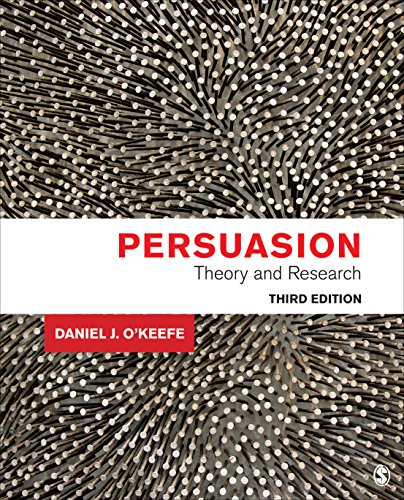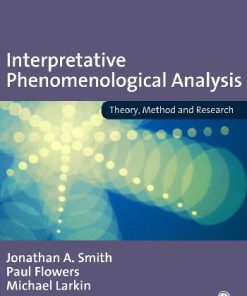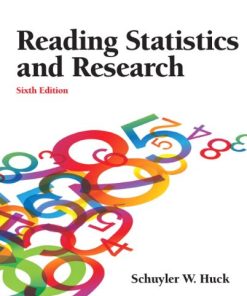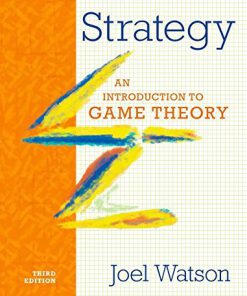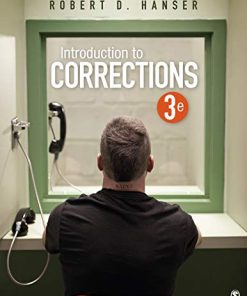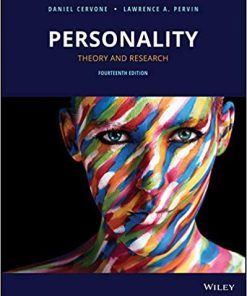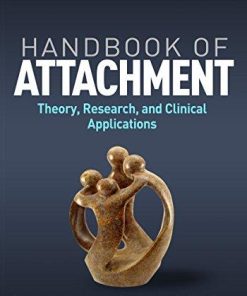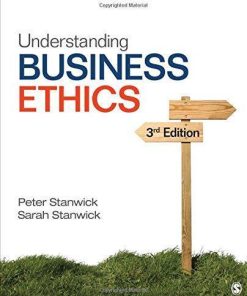Persuasion: Theory and Research Third Edition – Ebook PDF Version
$50.00 Original price was: $50.00.$25.00Current price is: $25.00.
Persuasion: Theory and Research Third Edition – Ebook PDF Version – Digital Instant Dowload.
Persuasion: Theory and Research Third Edition – Ebook PDF Version – Digital Instant Dowload.
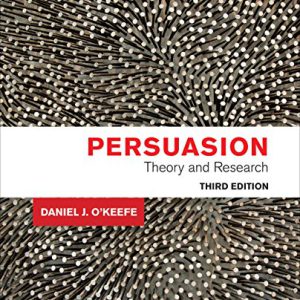
Product details:
- ISBN-10 : 9781452276670
- ISBN-13 : 978-1452276670
- Author: Daniel J. O′Keefe (Author)
Persuasion: Theory and Research, Third Edition is a comprehensive overview of social-scientific theory and research on persuasion. Written in a clear and accessible style that assumes no special technical background in research methods, the Third Edition has been thoroughly revised to reflect developments in persuasion studies. New discussions of subjects such as reactance and the use of narratives as vehicles for persuasion, revised treatments of the theories of reasoned action and planned behavior, and two new chapters on social judgment theory and stage models provide your students with the most current work on persuasion in a clear, straightforward manner. In this edition, author Daniel J. O′Keefe has given special attention to the importance of adapting (tailoring) messages to audiences to maximize persuasiveness. Each chapter has a set of review questions to guide students through the chapter’s material and quickly master the concepts being introduced.
Table of contents:
Chapter 1: Persuasion, Attitudes, and Actions
The Concept of Persuasion
The Concept of Attitude
Attitude Measurement Techniques
Attitudes and Behaviors
Assessing Persuasive Effects
Conclusion
Notes
Chapter 2: Social Judgment Theory
Judgments of Alternative Positions on an Issue
Reactions to Communications
Critical Assessment
Conclusion
Notes
Chapter 3: Functional Approaches to Attitude
A Classic Functional Analysis
Subsequent Developments
Commentary
Conclusion
Notes
Chapter 4: Belief-Based Models of Attitude
Summative Model of Attitude
Research Evidence and Commentary
Conclusion
Notes
Chapter 5: Cognitive Dissonance Theory
General Theoretical Sketch
Some Research Applications
Revisions of, And Alternatives to, Dissonance Theory
Conclusion
Notes
Chapter 6: Reasoned Action Theory
The Reasoned Action Theory Model
Influencing Intentions
Intentions and Behaviors
Adapting Persuasive Messages to Recipients Based on Reasoned Action Theory
Commentary
Conclusion
Notes
Chapter 7: Stage Models
The Transtheoretical Model
The Distinctive Claims of Stage Models
Other Stage Models
Conclusion
Notes
Chapter 8: Elaboration Likelihood Model
Variations in the Degree of Elaboration: Central versus Peripheral Routes to Persuasion
Factors Affecting the Degree of Elaboration
Influences on Persuasive Effects under Conditions of High Elaboration: Central Routes to Persuasion
Influences on Persuasive Effects under Conditions of Low Elaboration: Peripheral Routes to Persuasion
Multiple Roles for Persuasion Variables
Adapting Persuasive Messages to Recipients Based on the ELM
Commentary
Conclusion
Notes
Chapter 9: The Study of Persuasive Effects
Experimental Design and Causal Inference
Two General Challenges in Studying Persuasive Effects
Conclusion
Notes
Chapter 10: Communicator Factors
Communicator Credibility
Liking
Other Communicator Factors
Conclusion
Notes
Chapter 11: Message Factors
Message Structure and Format
Message Content
Sequential Request Strategies
Conclusion
Notes
Chapter 12: Receiver Factors
Individual Differences
Transient Receiver States
Influencing Susceptibility to Persuasion
Conclusion
Notes
References
Author Index
Subject Index
About the Author
You may also like…
Uncategorized
Interpretative Phenomenological Analysis: Theory, Method and Research – Ebook PDF Version
Uncategorized
Uncategorized
Strategy: An Introduction to Game Theory (Third Edition) 3rd Edition – Ebook PDF Version


